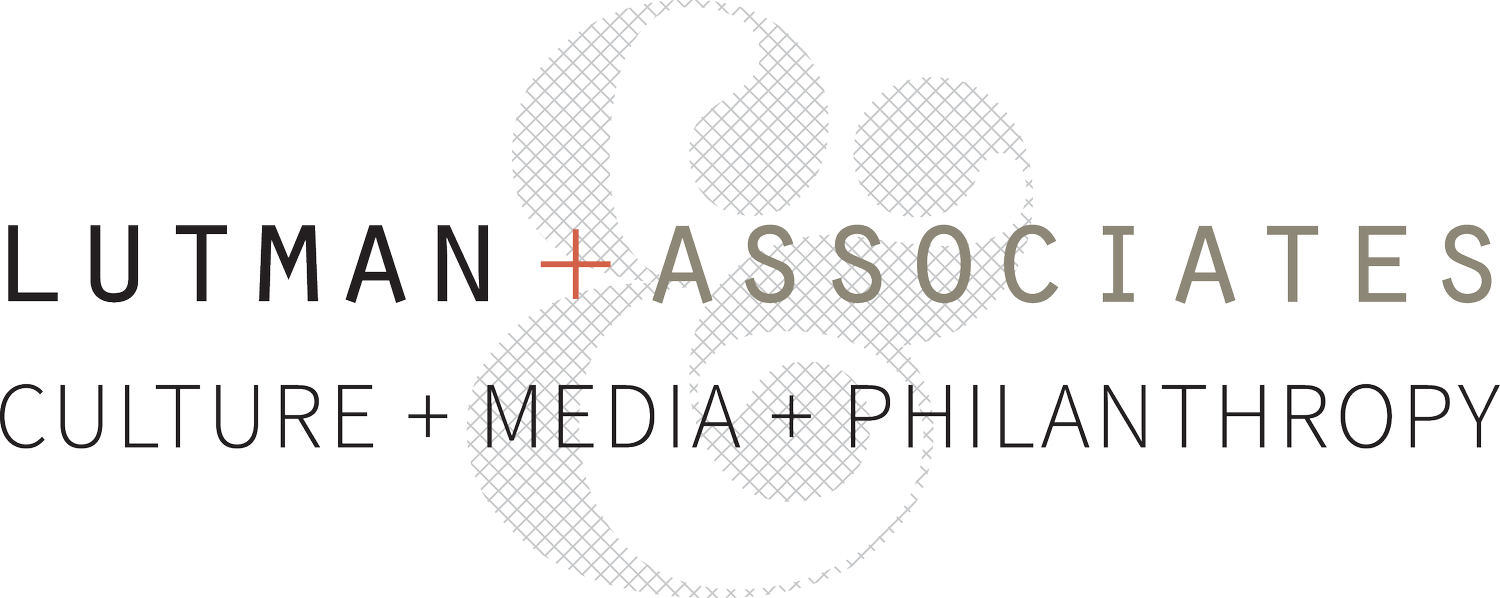Nonprofit not only helps farmers with crops, but also with growing their businesses
The ground is still frozen, but the Hmong American Farmers’ Association (HAFA) already has made plans for the 2016 growing season. Seeds were long ago ordered, and seedlings are sprouting in hothouses. What’s more, member-farmers have attended classes throughout the winter, such as “Introduction to Business Development,” “Soil Health and Fertility” and “Marketing Tactics for a Successful Season.”
HAFA is the brainchild of co-founders and siblings Pakou Hang (alumna of Yale and the University of Minnesota Humphrey school of public affairs) and Janssen Hang (St. Olaf), who wanted to help Hmong farmers prosper in Minnesota. Their goal is not merely to help farmers earn more money from their crops, but also to build wealth in the Hmong community by helping farmers become self-sufficient and improve their business skills. HAFA takes a multifaceted approach to working with its members, helping them understand and expand the marketplace for produce, navigate regulatory requirements, and master financial planning and management skills.
The 128 farmers who belong to HAFA have met the annual membership requirements. They farm for a living, have done so for at least three years, and farm on at least 3 acres. They belong to an established farmers’ market and have the appropriate insurance to do so. To date, most farm within a relatively short drive of Minneapolis and St. Paul.
Nearly 130 farmers belong to the Hmong American Farmers Association (HAFA). By joining together, the farmers enhanced their ability to market their produce to grocery stores and other customers. Photo by Mike Hazard/HAFA
A centerpiece of HAFA’s work is its 155-acre incubator farm near Hastings. “I was sent to the farm for a tour and was blown away,” says chef Gibson Price. “It is gorgeous. The fields of flowers are something I never expected to see in Minnesota. Our cooks love to work with the produce which is beautiful, perfectly cleaned, and fun to work with.” That’s high praise coming from Price, who has visited more than a few farms in his role as sous-chef at Carleton College, where Bon Appétit Management Co. energetically pursues a “farm-to-fork” program to buy food locally when possible. “I can get a lot of produce from HAFA, but I want even more,” Price explains. “They are a step above.” He’s currently negotiating with HAFA to increase the Hmong farmers’ supply of onions for Carleton, whose students consume 1,000 pounds a week.
The HAFA farm is divided into 5-acre plots. Members can lease one or two plots; the farm is fully subscribed. Each farmer has a 10-year lease, allowing long-term planning, income stability and some perennial, rather than annual, crops, such as asparagus and strawberries. Based on a survey, involvement of member-farmers in HAFA has helped individual farmers increase their average sales per acre from $5,000 to $7,500 annually. The Minnesota Department of Agriculture reports that farmers of specialty crops such as fresh produce typically earn $8,500 per acre in gross sales, says Pakou Hang. “Some organic and specialty farmers earn as much as $20,000,” she adds. A self-described “data geek,” she wants to see HAFA member-farmers reach these higher returns over time.
“Pakou is that rare mix of visionary and doer,” Kirstin Brost Grantham says enthusiastically. “She proposes something incredible, on a time frame that seems unrealistic, then finishes early, overperforms and is on to the next goal.” Grantham leads AgriBank’s philanthropic giving programs and has helped HAFA with grants and other support. “I was looking for people in Minnesota working to help farmers, and Pakou’s name was at the top of everyone’s list. Lives are being changed at the farm,” Grantham continues. “You can see it on the ground.”
HAFA’s annual budget has grown from $10,000 in 2011 to $1.2 million, fueled by a combination of private foundation and federal grants and some earned income. By marketing to businesses, to government buyers such as school districts, and to grocery stores and area co-ops, HAFA is expanding sales for its farmers’ produce and helping its members think beyond the farmers’ market as a primary outlet. HAFA’s food hub helps farmers centrally negotiate with stores and buyers, and it also provides area food shelves with “seconds” throughout the growing season.
HAFA is a prime example of a growing trend that involves philanthropy and enterprises coming together to support prosperity in Minnesota and help build wealth in communities of color. These nonprofits demonstrate savvy in both grantseeking and philanthropic support systems, as well as new ways to generate income and succeed in the marketplace. Watch for similar efforts as the idea of social enterprise increasingly takes root.
What’s new at HAFA for 2016? “There is a growing market for our purple sweet potatoes, and people are big on ground cherries,” Pakou Hang told me. Look for HAFA’s labeling on fresh produce or for their collective brand, Vameng Produce. “Vameng means ‘prosperity’ in Hmong,” Pakou explains.
So, eat more vegetables—you’ll be helping more than just yourself.
Initially published in the March 2016 issue of Twin Cities Business.
